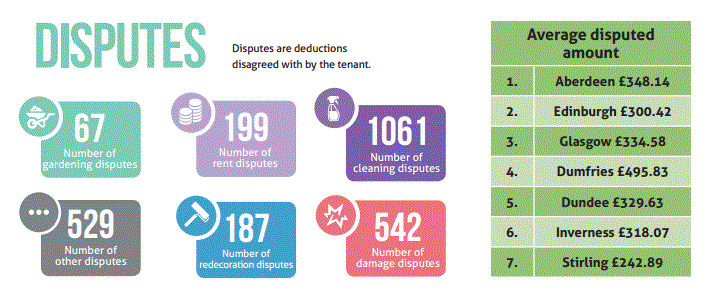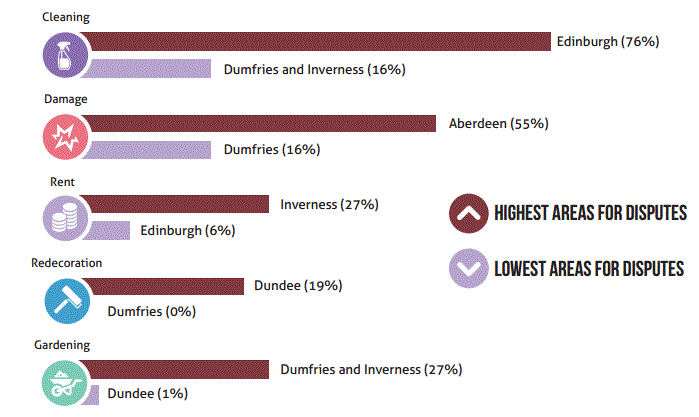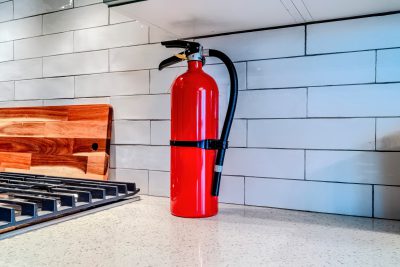It is a standard procedure for landlords and letting agents to require a deposit from tenants before they move in and with the tenancy deposit schemes in operation, it is more important than ever to have a comprehensive property inventory and accurate schedule of condition in place.
Everyone should have one
A detailed property inventory is beneficial for landlords and tenants alike. Not only does it help to ensure that the property is returned back to its owner in the original condition prior to renting but it also reduces the risk of deposit disputes arising at the end of the tenancy. Tenants are more likely to have their deposit returned in full, if what is expected of them is made clear at the start of the lease.
It is vital to have a detailed written document recording the state of the property (and supporting photographs that are digitally dated) at both the check-in and check-out of the tenancy.
In case there is a disagreement over the return of the deposit, an inventory can be used as evidence in a dispute to prove the condition of the property prior to tenants moving in.
“Disputes are determined at the start of a tenancy, not the end” says Nick Lyons, CEO of No Letting Go, a national franchised Inventory Management Service, who provide inventories, check-in, check-outs, property visits, as well as other services.
Best practices
No Letting Go stresses that inventories should be carried out as near to the time the tenant moves in as possible to prevent any deterioration such as dust, mould, garden overgrowing etc.
It is up to the tenant to check the content of the inventory as soon as possible and notify the landlord of any discrepancies, before signing. This usually happens when the tenant moves in. Landlords and letting agents will have their own timetable for the tenant to do this but usually it is one week.
To help avoid any potential disputes, it is advisable to conduct a mid-term property inspection as well as a pre-checkout checklist, highlighting areas that are often overlooked (like ovens, fridge/freezers, skirting boards, areas behind and under furniture etc.).
As soon as the tenant leaves the property, the landlord should arrange to meet in the premises to go over the inventory and ensure the property is being returned in the same good condition as it was at the beginning of the tenancy.
Main source of disputes
SafeDeposit Scotland‘s chart illustrates where the tension points are when it comes to deposit disputes.
One of the most common grounds for deposit disputes is cleaning, quite often resulting from miscommunication between landlords and tenants.
It is best practice to lay out cleaning standards in the property inventory and schedule of condition so that tenants know exactly what their responsibilities are and can meet the expectations when the tenancy terminates.
Inventory expert, No Letting Go, says: “In our opinion, tenants often leave the cleaning to the last minute. We recommend you do a thorough clean over the last couple of weeks of the tenancy. Then on the final day you can complete the last cleaning needed before you leave.”
The vast majority of landlords prepare their own property inventories. While it may not be rocket science, it is important to be as detailed as possible and keep descriptions factual. At the end of the day, a well prepared, comprehensive inventory should cover you for all eventualities.












